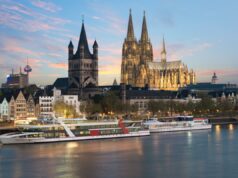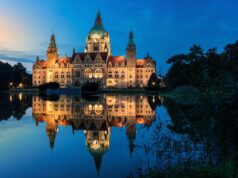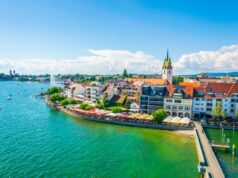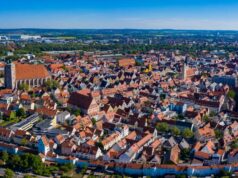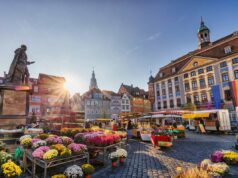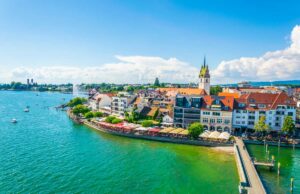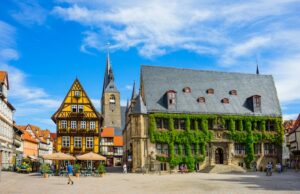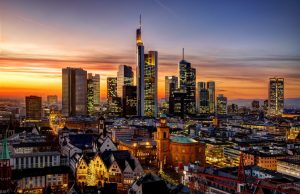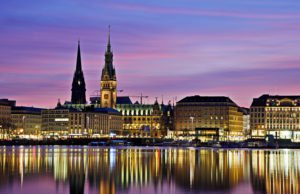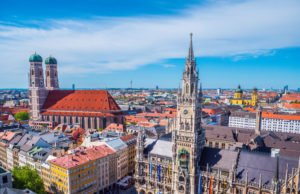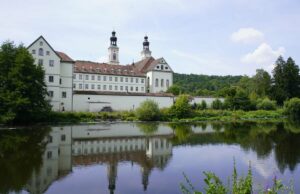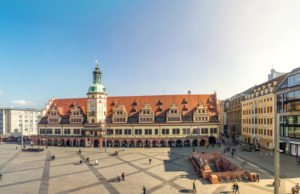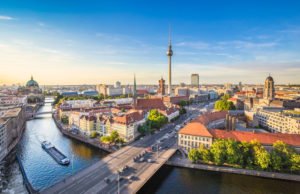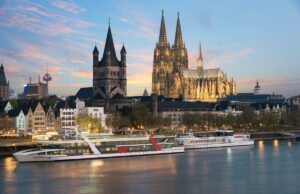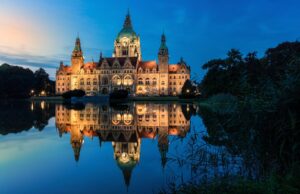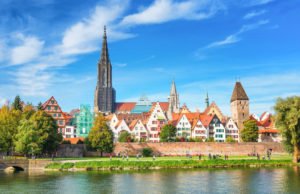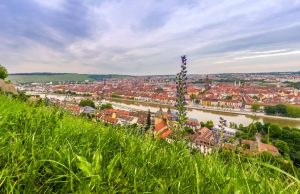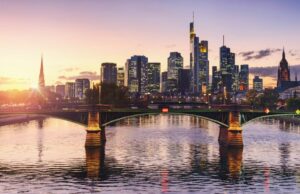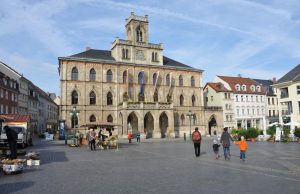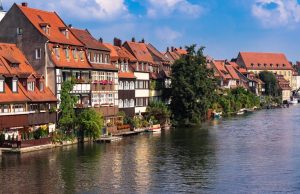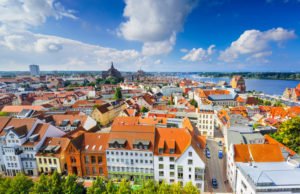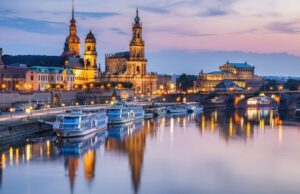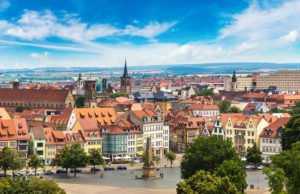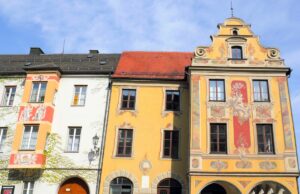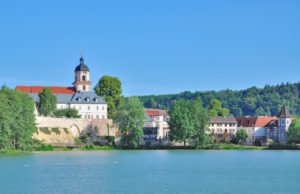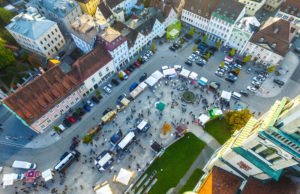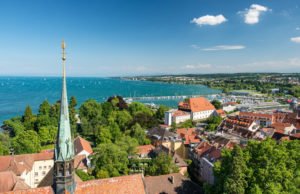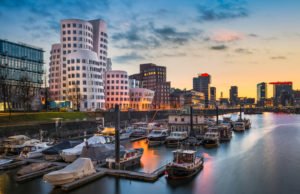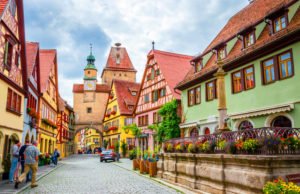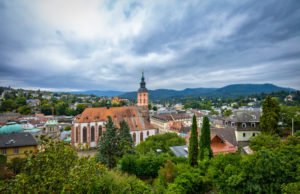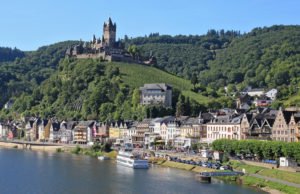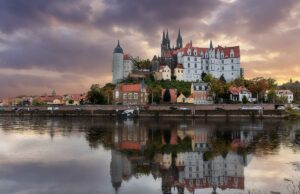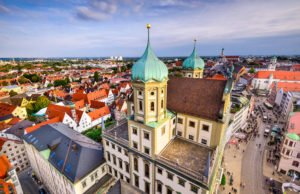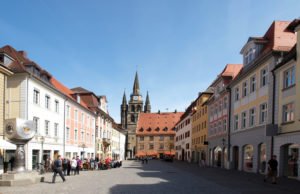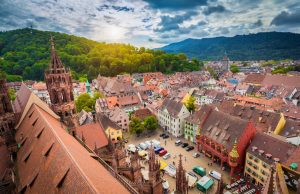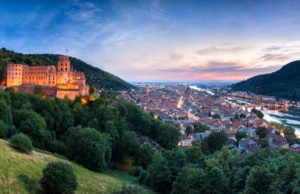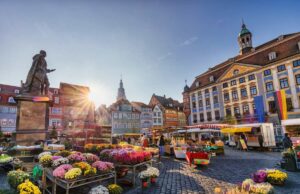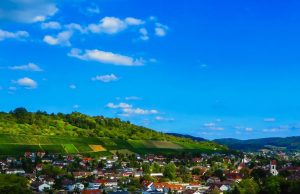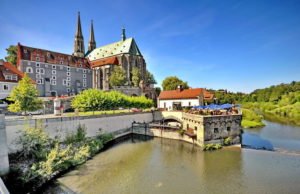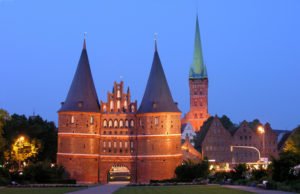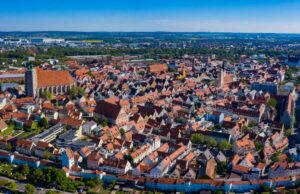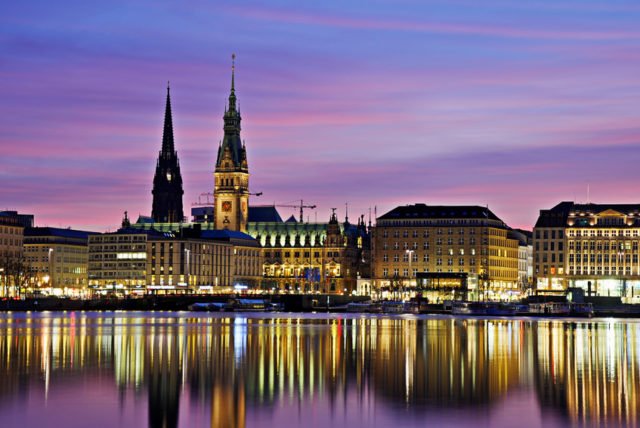
As Germany’s second largest city, and its biggest port, Hamburg rejoices in the tag of “the gateway to the world”. This gateway is thanks to the River Elbe, and an associated network of canals, which links the city to the North Sea. Besides being a gateway to elsewhere, Hamburg is very much a tourist destination, with plenty to attract visitors of all ages and interests.
How to Get There
Hamburg airport welcomes arrivals from across Europe. In addition, there is a limited direct service from the United States and the Middle East. As well as national carriers, Hamburg Airport also hosts budget airlines, including Easyjet and Germanwings. At only a little over five miles outside the city, transport into Hamburg is easy. The Hamburger Verkehrsverbund (HVV) (the Hamburg transport association) ensures an efficient city-wide public transport system, and the airport is no exception. An S-bahn line connects the airport with the city every ten minutes. There is also a good bus service and plenty of taxis.

What to See
Model railway enthusiasts and visitors with children should not miss the Miniatur Wunderland. Home to the biggest model railway in the world, it is an exhibit to tarry over. Filling several rooms, and with over ten miles of track, its stunning centrepiece is a model of Hamburg airport. In front of startled and appreciative crowds, a miniature Lufthansa plane taxis down its runway, and takes to the air. Admission queues can be long, so booking in advance is thoroughly recommended.
The surrounding Speicherstadt area is a logical place to visit after a trip to Miniatur Wunderland. Visitors familiar with Liverpool may see some resemblance between areas of that city and the Speicherstadt’s tall, red-brick, nineteenth-century warehouses. Now a UNESCO World Heritage Site, the Speicherstadt is the world’s largest warehouse complex. Although still very much in operation, it is possible to explore the area by barge. At dusk, hundreds of spotlights illuminate the waterways and their surrounding buildings.
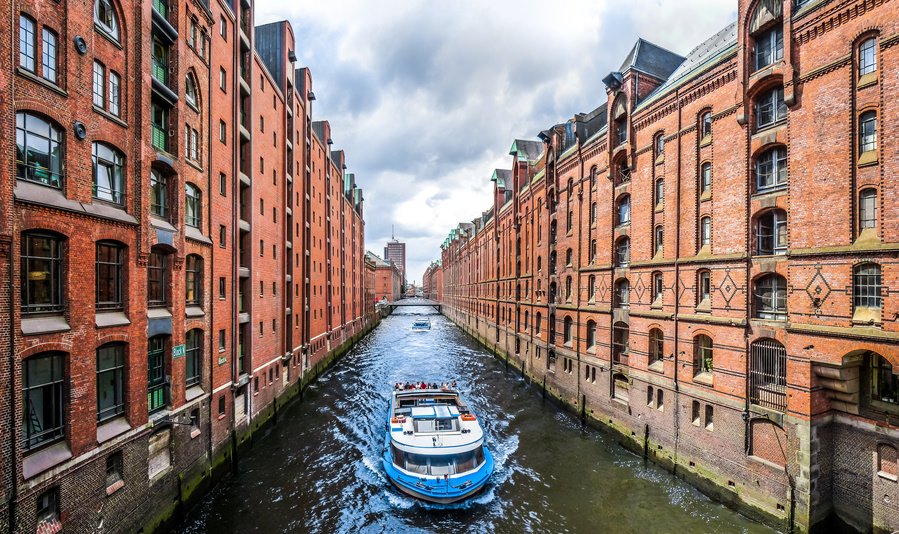
Hamburg’s links with Liverpool extend beyond port architecture. Between 1960 and 1962, this German city was the scene of many of the Beatles’ earliest concerts. Some of the venues at which they performed can still be visited today, including the Indra and the Kaiserkeller. Fans might also want to visit the Beatles-Platz, in the St Pauli quarter. Paved to resemble a black vinyl record, it boasts a statue each of John Lennon, Paul McCartney, George Harrison, and Stuart Sutcliffe. A fifth statue of a drummer is intended as an amalgamation of Pete Best and Ringo Starr.
The Reeperbahn is a short stroll from the Beatles-Platz. Known predominately for being Hamburg’s infamous red-light district, the street is home to a variety of strip clubs, sex shops, and brothels. However, there is a strong police presence, and the street also hosts more innocuous premises. Restaurants, bars, night clubs, and the Operettenhaus, a musical theatre that has put on several Andrew Lloyd-Webber hits, all have their home here.
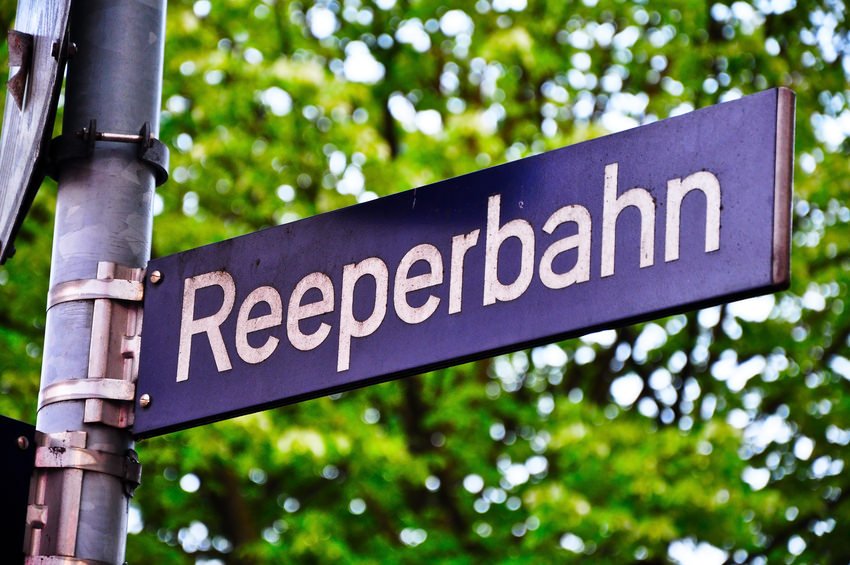
Art enthusiasts will want to take in Hamburg’s “Museum Mile”. At one end is the Kunsthalle gallery, which finds space for the old masters, including an exhibition of sixteenth-century Venetian art, alongside twentieth-century talent. The latter includes Picasso, Paul Klee, and Andy Warhol. At the other end is the Deichtorhallen, a gallery that focuses exclusively on contemporary artists. The Kunstmeile Pass is a ticket that gives twelve-month access to all five galleries on Museum Mile. Children under eighteen go free.

The Lutheran Hauptkirche Sankt Michaelis, or St Michael’s Church, is a Hamburg landmark. For centuries, ships have used its copper spire to guide them up the Elbe, and into port. As well as an interesting and historic destination, its viewing platform provides superb views across the city.
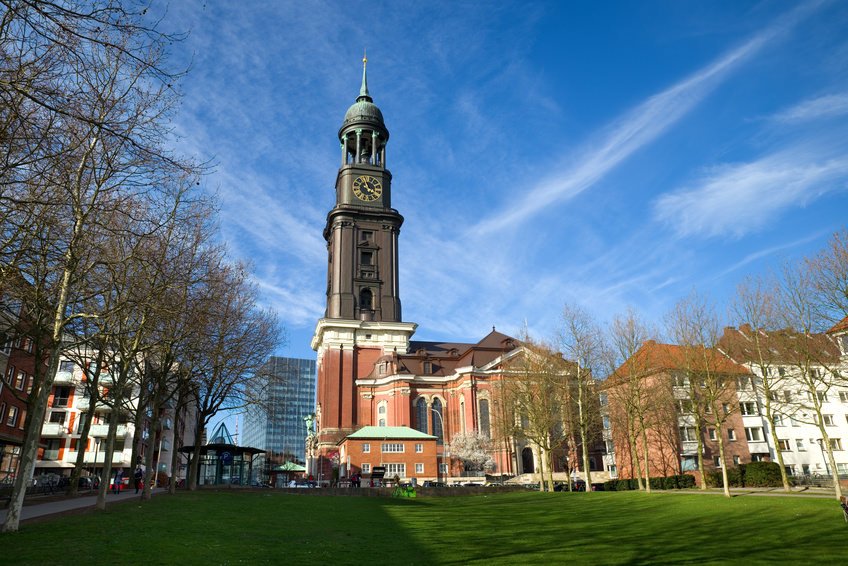
The Alster Lakes, right in the centre of the city, offer endless options for quieter entertainment. Popular with walkers and joggers alike, it is also possible to take a tour of the cityscape on the Alster steamer, hire a paddle boat or dingy, or simply relax in a deckchair on the banks. In the winter, the ice is sometimes strong and thick enough to permit skating.
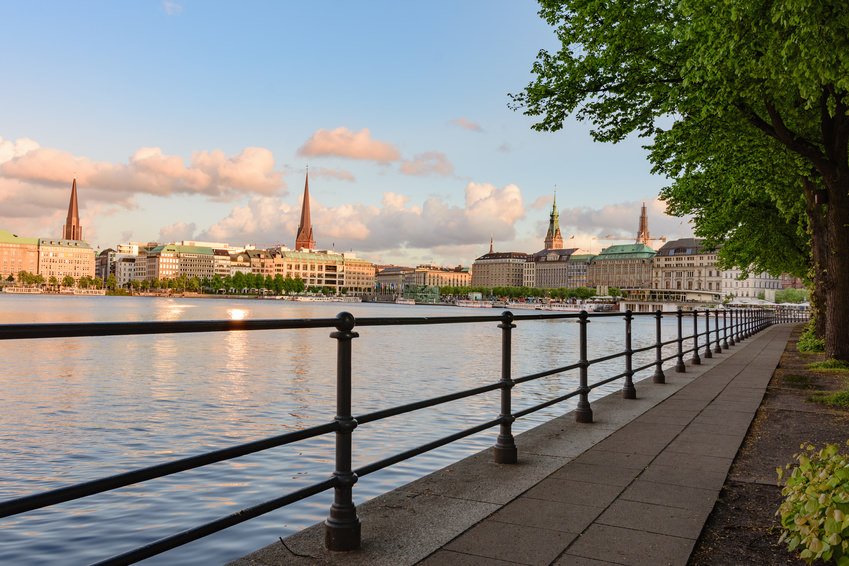
Shopping
Hamburg is an excellent city for shopping. Mönkebergstrasse, near the main railway station, has the most varied selection of shops, department stores, and boutiques. Neuer Wall is the street to visit for designer boutiques, while Schanzenviertel offers a selection of quirky, independent shops. The Alsterhaus on Jungfernstieg is one of the most famous, and oldest, department stores in the city. It is the ideal all-in-one shopping destination for those short of time.
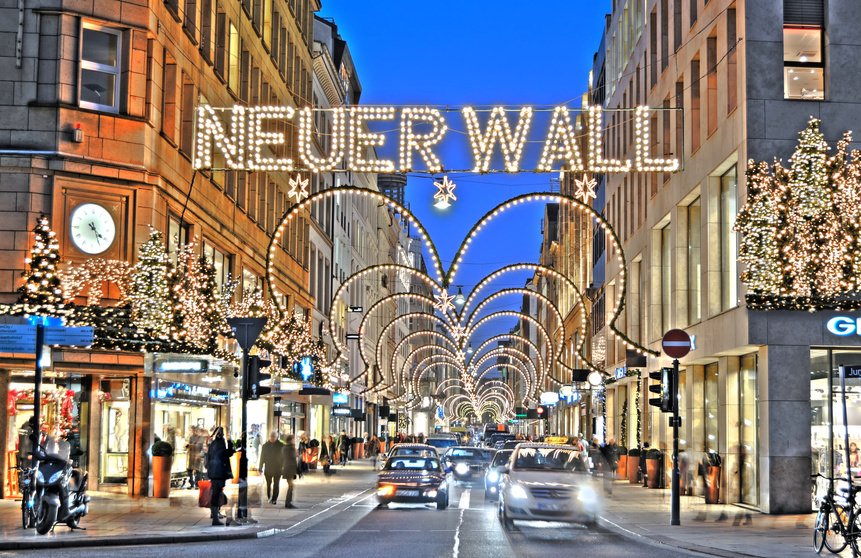
What to Eat and Drink
Craft beer is immensely popular in Hamburg. One of the best places to try it is the Altes Madchen Brewhouse, which is both a brewery and beer garden. It offers the happy drinker dozens of different brews. Some are locally-produced and often seasonal, and others are sourced from across the world. Visitors need not fear going hungry as it has a good menu, which includes vegetarian options.
Hamburg specialises in seafood. Although the new fish market at Kreuzfahrtterminal is a working market, not open to sightseers, it is surrounded by a plethora of bistros and restaurants. One of the best, and most reasonably priced, is BistrOcean. Here, diners can expect to sit together around artisanal wooden tables, while feasting on Matjes (soused herrings), halibut, smoked salmon, and whatever else is the catch of the day.
The Fischauktionshalle, or Hamburg’s old fish auction hall, is very much a tourist destination. With a design reminiscent of a Roman basilica, it is crowned with a roof of curving glass and steel. Ships sail close to its red-brick walls, while the city views, particularly at dawn and dusk, implore visitors to pick up their cameras. Every Sunday, it hosts the Hamburg Fish Market. As well as being a perfect breakfast spot, particularly for the wonderful Fischbrötchen (fish rolls), it has much more to offer. Almost anything that can be sold finds a place in this Sunday market, and all the trading is done to the accompaniment of an eclectic selection of live music. Jazz is a particular crowd-pleaser.
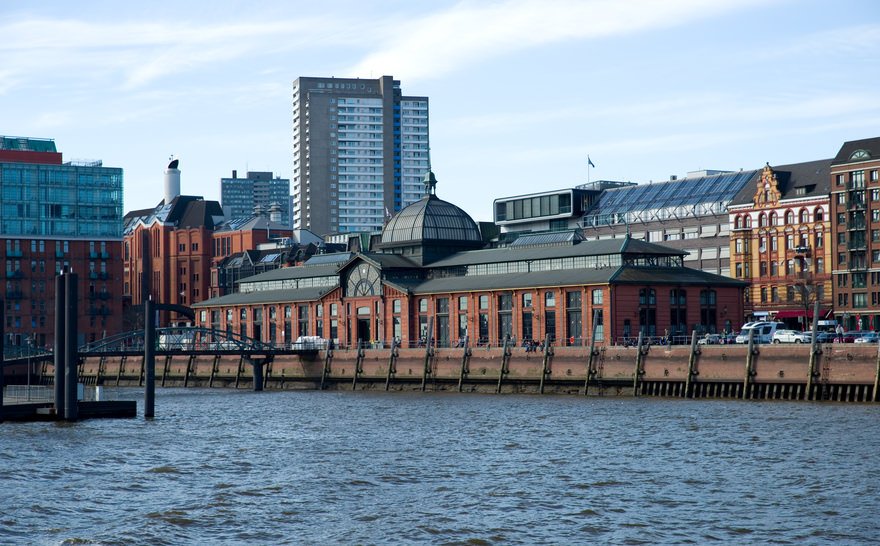

Where to Stay
Hamburg is not short of accommodation. There is something for all tastes and budgets, from cheap and cheerful hostels, particularly in the St Pauli district, through hip boutique hotels, to world-class luxury establishments. At the top end of the market is the Hotel Atlantic Kempinski, which featured in the James Bond film, “Tomorrow Never Dies”. A number of scenes were filmed at the hotel, but the most famous is the one in which Bond climbs from his hotel suite onto the roof. The hotel fronts Lake Alster.
When to Visit
Hamburg is a year-round destination. With a few obvious exceptions, such as idling in deckchair and skating on the Alster, its attractions are not weather-dependent. However, winter visitors should note that the city is far colder than places on a similar latitude in, for example, Great Britain. Temperatures frequently do not rise above freezing, even during the day, making it essential to pack plenty of layers and good outerwear.
Any visit that coincides with the thrice-yearly Hamburger Dom ought to include a trip to this lively carnival. Held at Heiligengeistfeld, it is a travelling funfair, beer festival, and firework extravaganza rolled into one joyous event.


